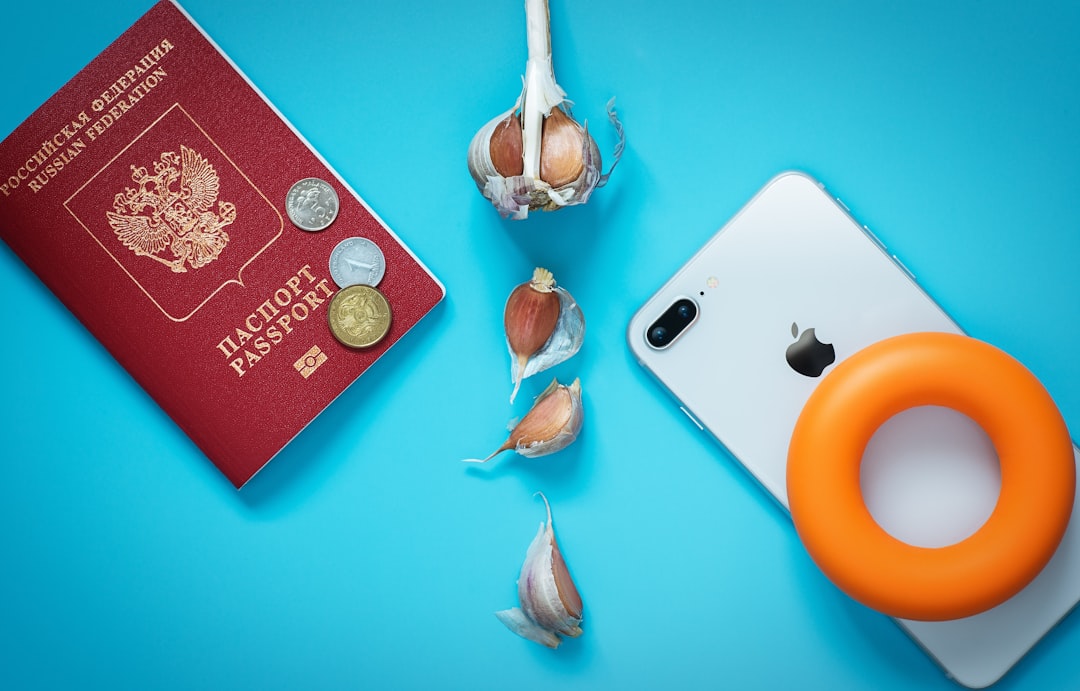Remember Fildo? It was once the go-to music app for people who wanted to stream, download, and enjoy free music from all over the world. At its peak, it had millions of users and a reputation for having a vast library of songs. But then, almost out of nowhere, it disappeared. So, what really happened to Fildo? Let’s dive into the rise and fall of this once-famous app.
Table of Contents
The Rise of Fildo
Fildo was released in the mid-2010s. It wasn’t just another music player. It was special. Why? Because it didn’t host any music on its own servers. Instead, it connected users to third-party sites. It pulled music from different sources and let users stream or download their favorite tracks for free.
This was a game-changer. No need for subscriptions. No ads (in the early versions). No limits. People loved it.

Fildo’s simple interface, fast search, and huge song library made it a must-have for music lovers. It supported high-quality audio and even let you build custom playlists. Best of all? It worked across Android devices and, for a short time, even on Windows phones.
Why People Loved Fildo
Here are a few reasons why Fildo became a hit:
- Free access to almost any song you could imagine.
- No need to sign up or create an account.
- Direct downloads for offline listening.
- Lightweight design – didn’t use a lot of phone memory.
- Fast searches – songs loaded almost instantly.
It was like magic. And for music fans in countries where streaming services were limited or too costly, Fildo filled a big gap.
Fildo Faces Pressure
But there was a catch. Fildo didn’t have licenses for music. It relied on gray areas. The app acted like a search engine. But many of the sources it connected to weren’t authorized to distribute music. This raised red flags.
Major music companies started noticing. With streaming services like Spotify, Apple Music, and YouTube Music growing fast, they didn’t want users turning to free apps like Fildo. Soon, legal threats started popping up.
A Shift in Strategy
Fildo’s team tried to adapt. Around 2020, the app changed how it worked. They introduced something called “Fildo Music” with a supposedly legal model. No more downloading from third-party sites. Instead, it became more like a regular music library manager.
But users weren’t happy. The new version didn’t allow song downloads the way the older one did. The magic was gone.
Goodbye Google Play
Fildo was never officially available on Google Play, most likely due to its shady source connections. Users had to get it from third-party sites or the official website. But even those sources started going offline. By late 2021, app links were broken, websites were down, and updates stopped coming.

Fildo quietly faded away.
The Fall of Fildo
No official announcement was made. No farewell message. One day it was there, and the next – it wasn’t.
Possible reasons why Fildo shut down:
- Legal pressure – music licensing is a big deal. And Fildo didn’t play by the rules.
- Development issues – keeping up with bugs and updates is tough, especially for a team skating on thin ice.
- Losing popularity – after switching to a legal model, users jumped ship.
- Rise of better apps – official services started offering affordable plans, student discounts, and even free versions.
Slowly, Fildo’s user base shrank. The app stopped updating. Features broke. And the servers behind it finally went quiet.
Where Did the Users Go?
After Fildo disappeared, fans looked for alternatives. Some turned to YouTube. Others tried apps like:
- YMusic
- Deezer (with custom mods)
- NewPipe
Still, nothing exactly replaced what Fildo had.
What We Can Learn from Fildo
Fildo shows both the power and the danger of bending the rules. It gave users what they wanted. Fast, easy, free music. But it didn’t follow the law. And in the long run, that was its downfall.
So what’s the takeaway?
- Apps that don’t respect laws won’t last forever.
- Even great technology needs a solid foundation to grow.
- People will always chase convenience, but developers need to play fair.
For a moment, Fildo let millions enjoy the music they loved in a way no app had done before. But eventually, the industry caught up — legally and technically. Today, streaming music is easier, cheaper, and more accessible through official channels than ever before.
Is Fildo Really Gone?
Pretty much. Some websites claim to offer new versions of the app. But be careful. These are usually outdated versions, clones, or worse — they might be scams loaded with malware.
If you find anything that says “Fildo 2024,” stay skeptical. Check reviews, be smart, and always download from trusted sources.
Better Safe Than Sorry
It’s tempting to try and bring the old days back. Fildo felt like a hidden gem for so many users. But streaming has come a long way. Spotify, YouTube Music, and Apple Music now let you do most of what Fildo could — and legally.
The Final Note
Fildo was one of those apps that came out of nowhere and gave music lovers something exciting. It had its moment. But like many rule-bending apps, it couldn’t last forever.
Its story is a reminder: fun apps can rise fast, but lasting impact comes from playing by the rules. Fildo may be gone, but it taught millions of people what streaming music could be — fast, full of choice, and always ready to play your favorite song.
So next time you hit “play” on your favorite song, remember — Fildo helped shape the way we stream today.




